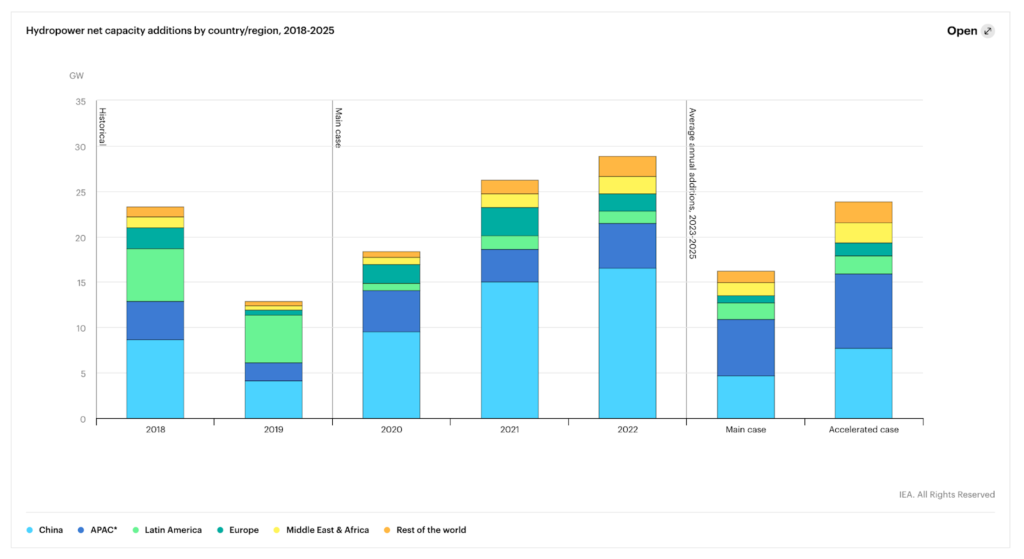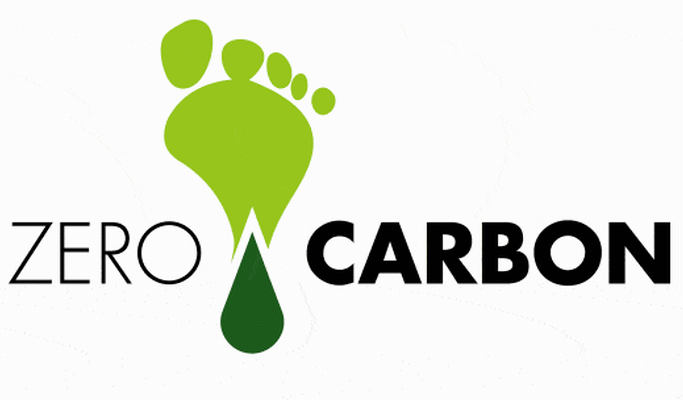The role of renewable energy and storage technologies in helping the world to combat climate change is expected to be a key theme at the COP26, which is being hosted by the UK this year.
With the world’s renewable energy capacity reaching record levels, four storage technologies are fundamental to smoothing out peaks and dips in energy demand without resorting to fossil fuels. These are –
Pumped Hydro – Pumped hydro involves pumping water uphill at times of low energy demand. The water is stored in a reservoir and, in periods of high demand, released through turbines to create electricity.

Hydropower – including pumped storage – is expected to remain the world’s largest source of renewable electricity generation, according to the International Energy Agency. China, Asia Pacific and Europe are leading on the installation of new hydropower capacity.
Batteries – Batteries have been around since the 1800s and convert stored chemical energy into electrical energy. The world’s largest battery energy storage system so far is the Moss Landing Energy Storage Facility in California, US, where the first 300-megawatt lithium-ion battery – comprising 4,500 stacked battery racks – became operational in January 2021.

Thermal energy storage -It involves storing excess energy – typically surplus energy from renewable sources, or waste heat – to be used later for heating, cooling or power generation.

Liquids – such as water – or solid material – such as sand or rocks – can store thermal energy. Chemical reactions or changes in materials can also be used to store and release thermal energy.
Mechanical energy storage – It harnesses motion or gravity to store electricity like compressed air energy storage. The process involves storing pressurized air or gas and then heating and expanding it in a turbine to generate power when it is needed.
So the key for the world to transition to net zero emissions is to store energy produced when renewable generation capacity is high and use it later when needed.
This article is based World Economic Forum newsletter; edited by Clean-Future Team






